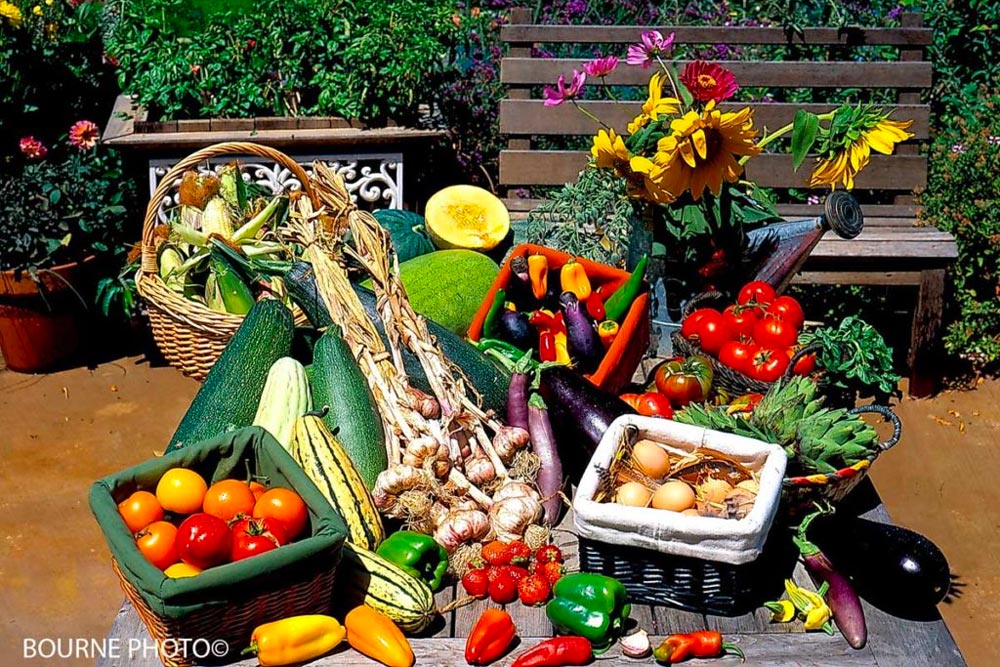Biodynamic Farming Standards

Biodynamic farming is defined by the Demeter Biodynamic Farm Standard. Sections of the Farm Standard include necessary elements of the farm organism, soil fertility management, crop protection, greenhouse management, animal welfare, and the use of the preparations. Biological diversity within the farm landscape is emphasized, and requires that a minimum of ten percent of the total farm acreage be set-aside as a biodiversity preserve. That may include but is not limited to forests, wetlands, riparian corridors, and intentionally planted insectaries. Diversity in crop rotation and perennial planting is required: no crop can be planted in the same field for more than two years in succession. Bare tillage year round is prohibited so land needs to maintain adequate green cover.
The foundation of the fertility system must originate from the farm itself.
The Farm Standard instructs that the foundation of the fertility system, and strategies for disease, insect, and weed control, must originate from the farm itself. Fertility is generated via the integration of livestock, compost and green manure, nutrient catch crops, and careful crop rotation. Disease and insect control are addressed through botanical species diversity, predator habitat, balanced crop nutrition, and attention to light penetration and airflow. Weed control emphasizes prevention, including timing of planting, mulching, and identifying and avoiding the spread of invasive weed species.
The use of the preparations is a requirement of the Farm Standard. There are nine in all, made from herbs, mineral substances and animal manures, that are utilized in field sprays and compost inoculants applied in minute doses, much like homeopathic remedies are for humans. Timely applications revitalize the soil and stimulate root growth, enhance the development of microorganisms and humus formation, and aid in photosynthetic activity.
Animals are a crucial element of a biodynamic farm
Animals are a crucial element of a biodynamic farm, and in addition to their obvious contribution to a farm’s fertility, their care and welfare are given extensive consideration. Housing must allow animals to move freely and protect them from heat, dust, excess humidity, and harmful gasses such as ammonia. Poultry cages are prohibited, every animal must be given a dry, soft and insulated spot where it can lie down and rest, and access to free range forage and the outdoors is required. De-horning, de-beaking, and wing clipping of poultry are prohibited, as is tail cutting of piglets and docking of lambs. Homeopathic remedies in place of vaccines are strongly recommended, and the use of antibiotics is prohibited. If an animal is being raised for the sale of meat, eggs or milk, a minimum of one-half of its feed must come from the farm, and the remainder must be Demeter certified (minimum of 80% of the total ration) or NOP certified organic (no more than 20% of the ration).
